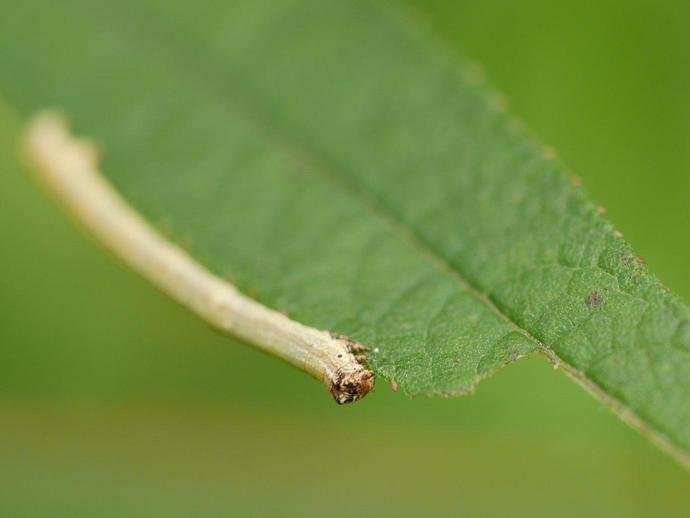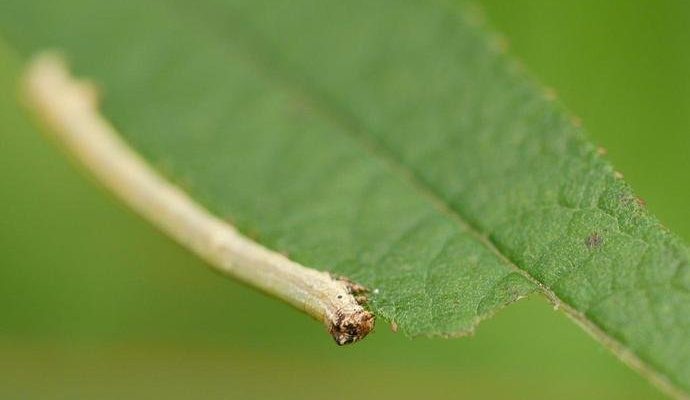
Using a good camera or even a smartphone with a decent camera app can work wonders. The right settings can help you bring out the colors and textures of these little guys. As you get comfortable with your equipment, you’ll find that photographing inchworms is more than just snapping pictures—it’s about connecting with nature and appreciating its intricate details. Let’s dive deeper into how to effectively photograph inchworms in their natural habitat.
Understanding Inchworm Behavior
To successfully photograph inchworms, it’s essential to understand their behavior. Often referred to as “measuring worms,” they move in a distinctive manner that mimics a looping motion. This movement not only allows them to navigate their environment but also helps them evade predators, making it a fun challenge to spot them. These creatures tend to blend in well with the foliage, so you may need to be patient and observant.
You might be wondering where to find these little critters. They love to hang out in leafy trees and shrubs, especially during the warmer months. Look closely at the branches and leaves—inchworms often camouflage themselves among the plant life. When you’re out there with your camera, observing their movements can enhance your understanding and improve your chances of getting the perfect shot.
One trick is to time your visits when they’re most active, which is usually in the early morning or late afternoon. During these times, they’re often out munching on leaves and inching around, making your photography session much more fruitful.
Choosing the Right Equipment
Honestly, you don’t need fancy gear to photograph inchworms, but having the right equipment makes a difference. A camera with a macro lens is ideal for capturing the intricate details of these tiny creatures. If you’re using a smartphone, look for a model known for its excellent camera and consider downloading a macro lens attachment. This will help you get those crisp close-ups that show off their texture and colors beautifully.
When you’re out in the field, remember to bring a tripod or a stabilizer if you have one. Even the tiniest movement can blur your photos, especially when you’re zoomed in. Plus, it allows you to take your time setting up the perfect shot without strain.
You’ll also want to consider lighting. Natural light is your best friend, so aim for times of day when the light is softer—early morning or late afternoon. This will help you avoid harsh shadows and make the colors pop. If you’re using a digital camera, don’t be afraid to adjust the settings for exposure; it can significantly improve your images.
Finding Inchworms in Their Habitat
Now that you understand their behavior and have the right equipment, let’s talk about how to actually find inchworms. Start in areas with plenty of trees and foliage, particularly during spring and summer. Look at the leaves for telltale signs of feeding—small holes or frayed edges can indicate an inchworm is nearby.
Getting down to their level can make a big difference. Instead of standing tall, crouch down or lie on your stomach if it’s comfortable. This perspective often reveals inchworms hiding among leaves or twigs that you might otherwise miss. You might look a little silly, but trust me, the unique angles can lead to some breathtaking shots.
Be patient! It may take some time to spot them, but that’s part of the joy. While you’re observing, take a moment to soak in the environment—the rustling leaves, the soft sounds of the forest—it’s all part of the experience.
Composing Your Shot
When it comes to composition, think about what story you want your photo to tell. Are you capturing the inchworm in action as it munches on a leaf, or are you focusing on its intricate pattern against the bark of a tree? The right composition adds context and makes your photos even more impactful.
Consider using the **rule of thirds**: imagine your frame is divided into a 3×3 grid. Placing the inchworm along these lines or at their intersections can make for more dynamic shots. Play with different angles; sometimes a shot from directly above can reveal surprising details that a side view might miss.
Don’t forget about the background! A cluttered backdrop can distract from your main subject. Look for clean, simple backgrounds that make the inchworm stand out. Even a blurred background can add depth and draw attention to the details you captured.
Editing Your Photos for Impact
Once you’ve got some great shots, it’s time to think about editing. You don’t need to be a professional to use photo-editing software; there are plenty of user-friendly options available. Programs like Adobe Lightroom or even smartphone apps can help enhance your images, making colors pop and sharpening details.
Start by adjusting the brightness and contrast. You want to ensure the inchworm is clearly visible and stands out against its surroundings. Playing with saturation can also make the greens of the leaves and the brown of the inchworm more vibrant. But remember, moderation is key—over-editing can lead to unnatural-looking images.
You might consider cropping your photos to highlight the inchworm even more. A well-cropped image can focus the viewer’s attention right where you want it. And don’t forget to save your best shots; you never know when they might come in handy for a project or an art display!
Sharing Your Inchworm Photography
Finally, don’t keep those beautiful shots to yourself! Sharing your photography can connect you with other nature enthusiasts and photographers. Social media platforms like Instagram or nature-focused communities like Flickr provide great venues for showcasing your work. You might even inspire others to take a closer look at the natural world around them.
When sharing, be sure to include a little story or an interesting fact about inchworms. This not only engages your audience but also educates them about these fascinating creatures. You could also join local nature groups or photography clubs that might appreciate your work and give you a chance to network with like-minded individuals.
As you share your journey, you might discover that others have their own stories and tips to offer. It’s a wonderful way to learn and grow as a photographer while also fostering a love for nature.
In conclusion, photographing inchworms in their natural habitat is both an art and a science. With patience, the right gear, and a bit of creativity, you can capture the mesmerizing beauty of these tiny creatures. So grab your camera, head outside, and enjoy the adventure of discovering the inchworm world. Remember, every shot is a moment captured, and every moment tells its own unique story. Happy photographing!

